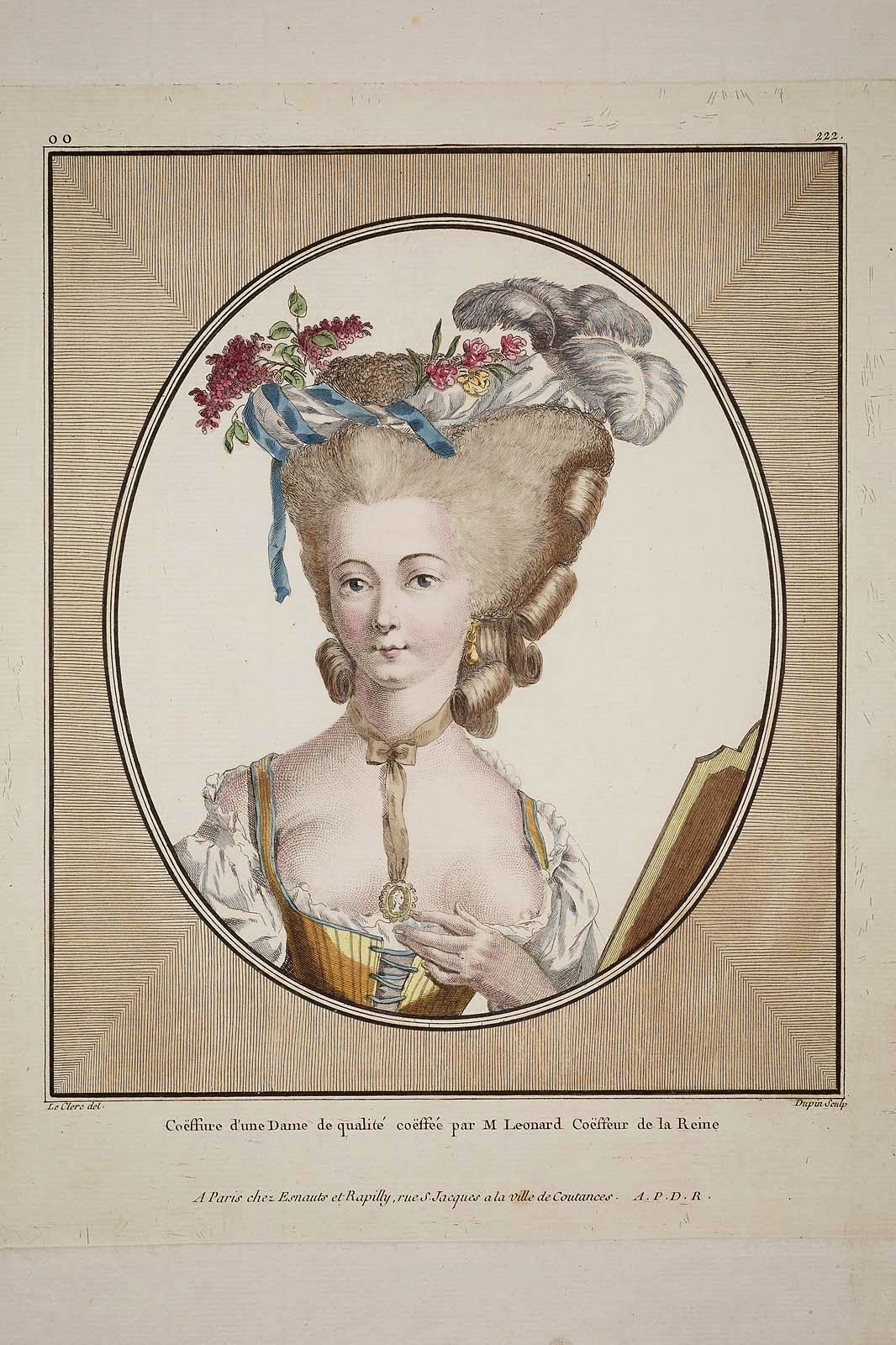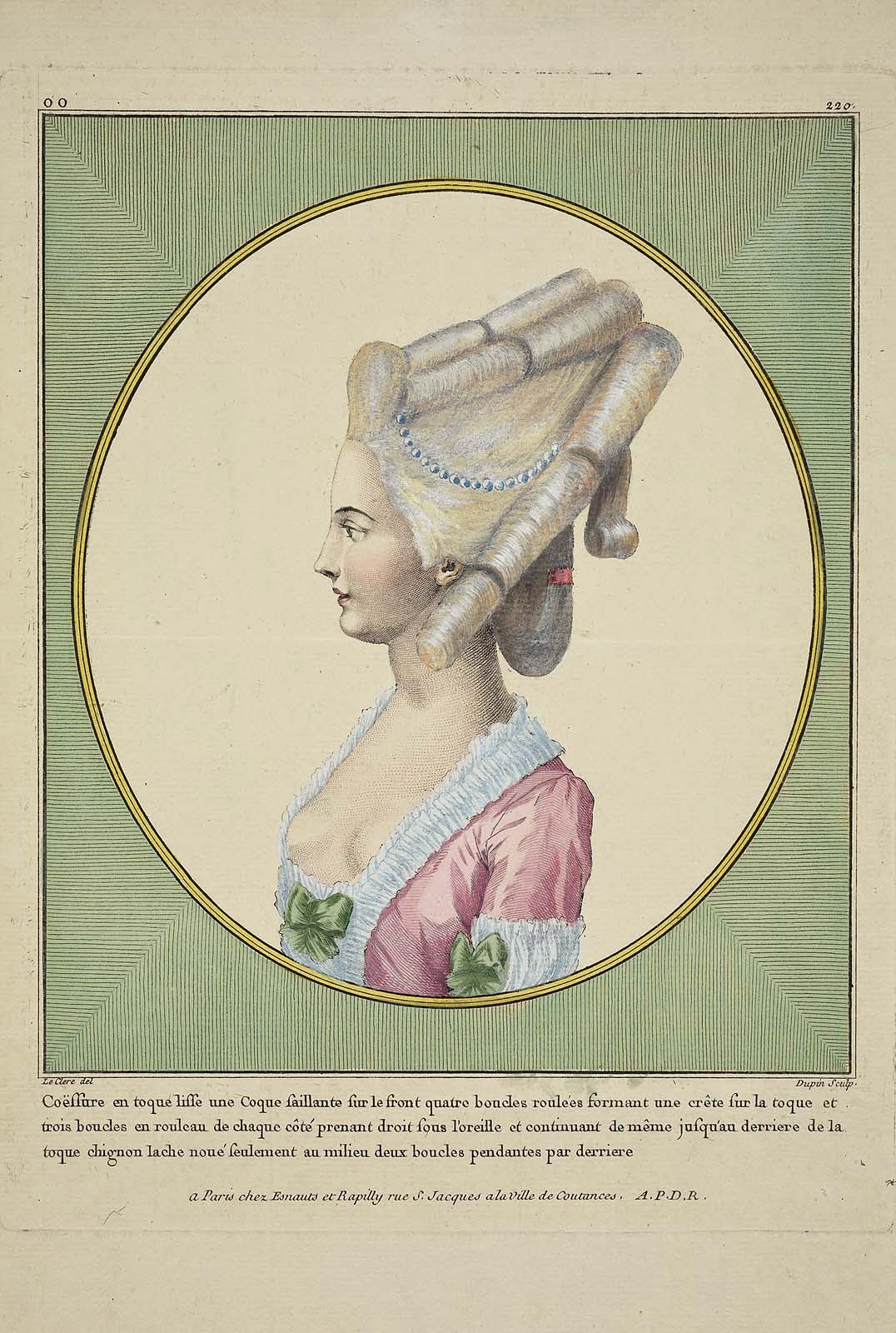(My version of "stashbusting" - the Historical Sew Monthly challenge for March - means finishing a post that had been languishing in my drafts for some time.) The term "nightgown"/"night gown", as used in the 18th century, is somewhat confusing. J. P. Ryan defines an English nightgown as synonymous to robe à l'anglaise , a fitted gown. The Dictionary of Fashion History defines it as "an unboned, loose dress worn for comfort and usually informally." These definitions are polar opposites! The latter appears to be drawn from period dictionaries, which refer to a man's garment and/or an older usage, based on the examples they use. In reference to women's daily dress rather than nightclothes, the term appears as early as the 17th century: From the Trial of Ford Lord Grey of Werk, et al. 1682 , published 1712. "Woman of quality, in summer dress", Nicolas Arnoult, 1687; LACMA M.2002.57.67 At this point, women...


